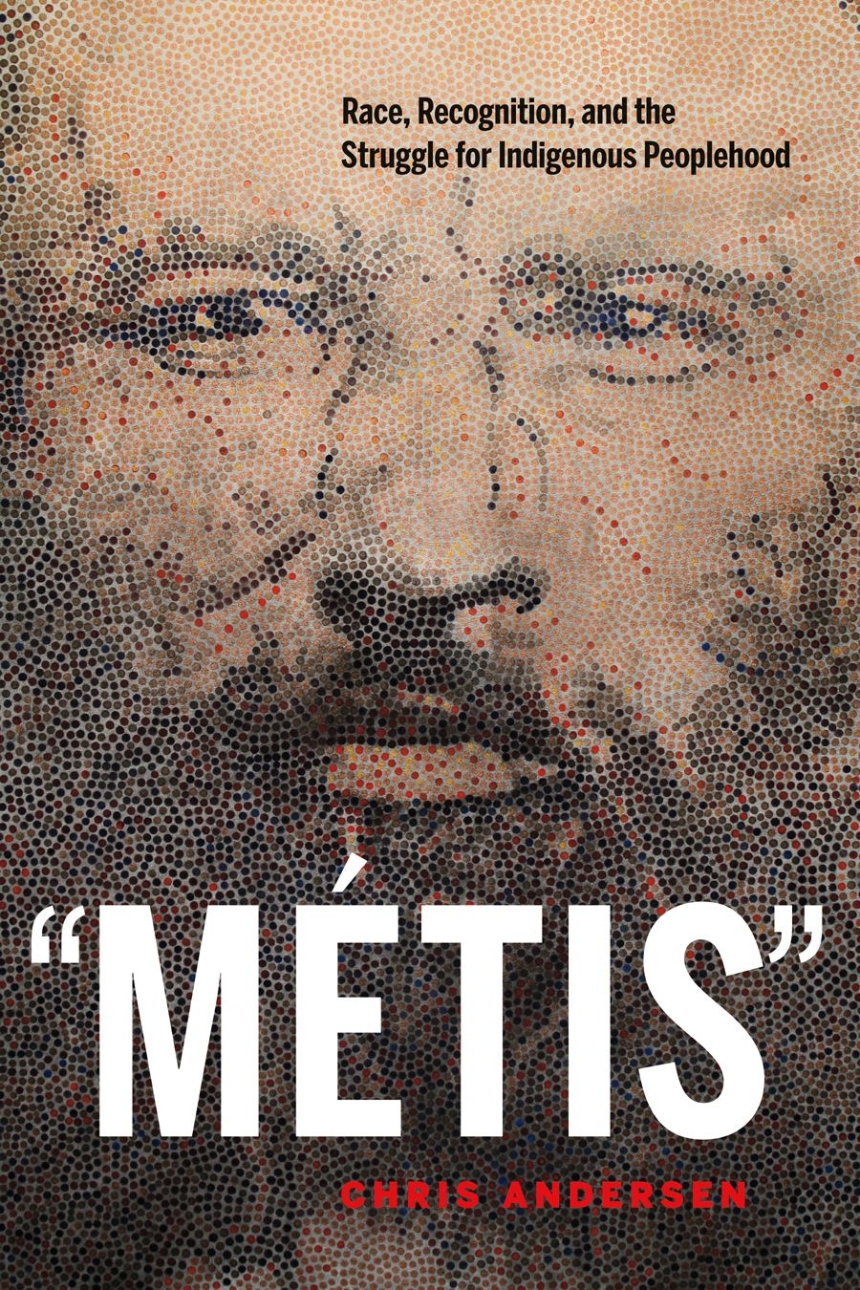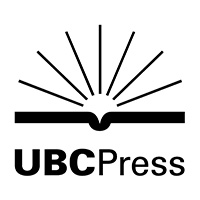University of British Columbia Press
"Métis"
Race, Recognition, and the Struggle for Indigenous Peoplehood
9780774827225
9780774827218
Distributed for University of British Columbia Press
"Métis"
Race, Recognition, and the Struggle for Indigenous Peoplehood
Ask any Canadian what “Métis” means, and they will likely say “mixed race.” Canadians consider Métis mixed in ways that other Indigenous people are not, and the census and courts have premised their recognition of Métis status on this race-based understanding. Andersen argues that Canada got it wrong. From its roots deep in the colonial past, the idea of Métis as mixed has slowly pervaded the Canadian consciousness until it settled in the realm of common sense. In the process, “Métis” has become a racial category rather than the identity of an Indigenous people with a shared sense of history and culture.
Table of Contents
Foreword / Paul Chartrand
Introduction
1 Mixed: The History and Evolution of an Administrative Concept
2 Métis-as-Mixed: The Supreme Court of Canada and the Census
3 The Métis Nation: A People, a Shared History
4 Métis Nation and Peoplehood: A Critical Reading of the Supreme Court of Canada and the Census
5 A Case of (Mis)recognition: The NunatuKavut Community Council
Conclusion
Notes; Works Cited; Index

